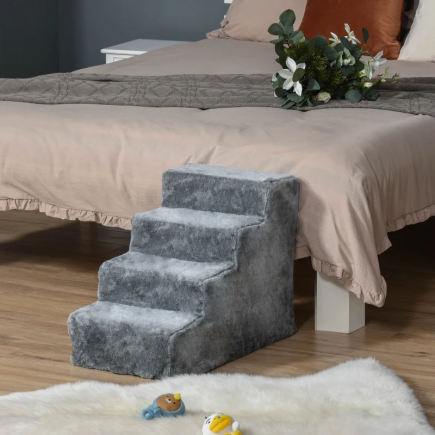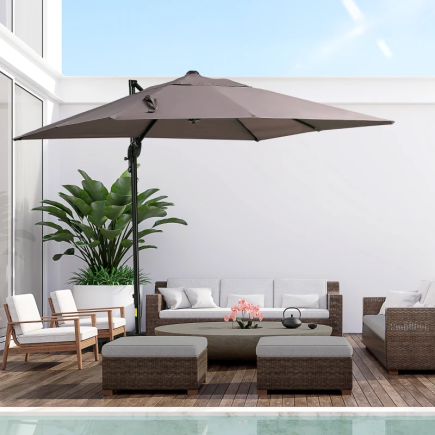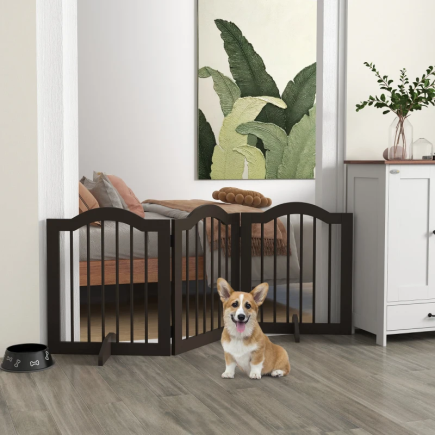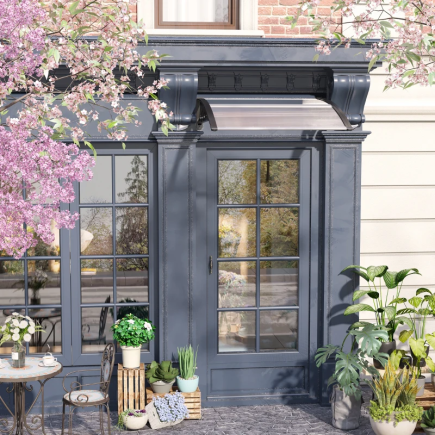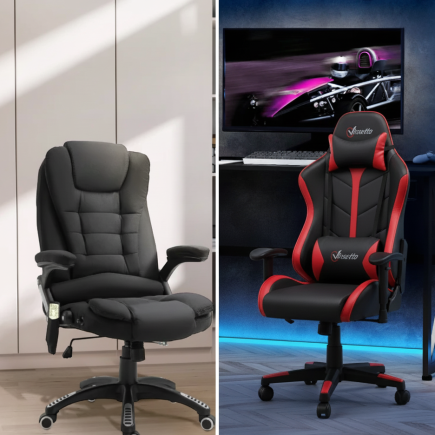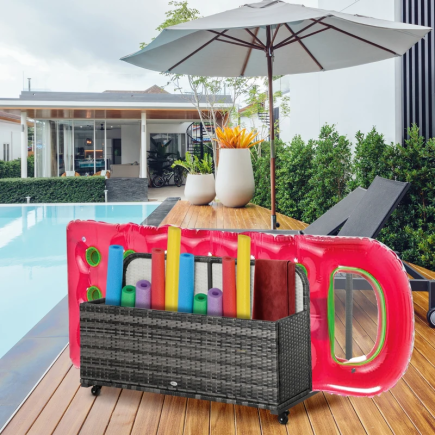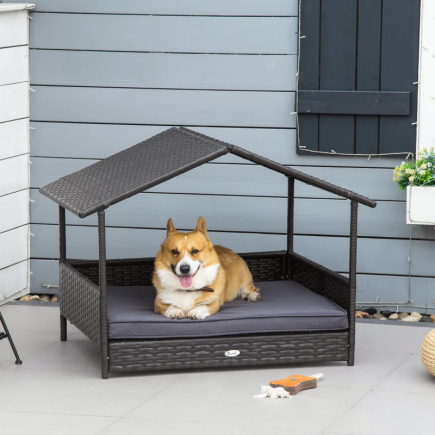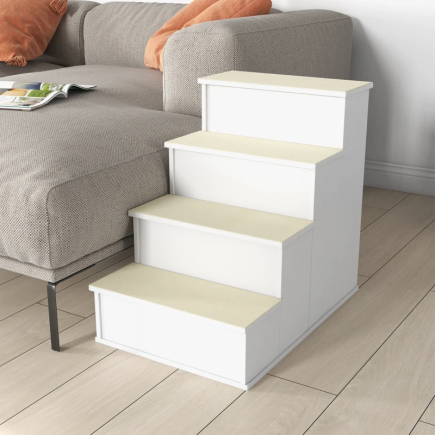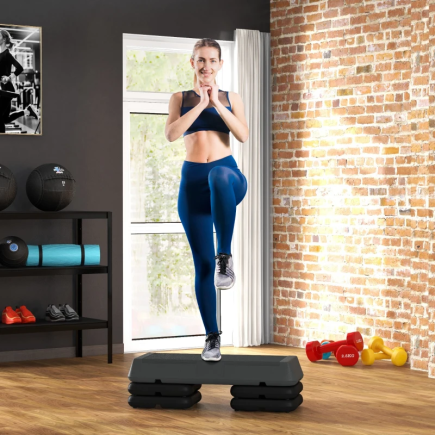Portable air conditioners are among the most versatile cooling solutions available today. They provide targeted relief without the need for permanent modifications, making them especially appealing for renters, condo residents, and anyone looking for a flexible alternative to window-mounted systems. However, the convenience of portability doesn’t mean you can skip a proper installation process.

Correct installation has a direct impact on performance, energy efficiency, and safety. A poorly installed unit may leak hot air back into the room, trip electrical circuits, or fail to dehumidify properly. Many users are surprised to find that a portable AC that “isn’t cooling enough” is often simply installed incorrectly. By following each step carefully, you’ll not only ensure optimal cooling but also extend the lifespan of your unit.
Step 1: Read and Understand the Manufacturer’s Instructions
Every portable AC model comes with slightly different parts and requirements. While the core installation process is fairly universal, it’s important to read your manufacturer’s manual.
- Check for warranty conditions: Some warranties may be void if you use unapproved accessories or install the unit incorrectly.
- Identify included accessories: Most units include an exhaust hose, a window adapter kit, and a remote. Some also provide weather strips, drain hoses, or even foam seals.
- Look for unique features: Certain models may include smart connectivity, multiple hose options, or self-evaporative drainage systems that alter the installation process.

Tip: Always keep your manual and warranty papers in a dedicated file or scan them into a digital copy. Many users misplace these documents and run into issues later when claiming service.
Step 2: Choose the Right Location for Your Portable AC
Placement is crucial for both safety and performance. It should always be installed close to a window (for venting) and an electrical outlet (for power).

Things to Consider for Location
- Avoid Tripping Hazards: Don’t run the exhaust hose across walkways.
- Ensure Proper Airflow: Keep the intake and exhaust areas free from obstructions like furniture, curtains, or plants.
- Proximity to Outlet: Always plug directly into a grounded outlet.
Clearance Space Recommendations
Portable ACs need breathing room around them to work efficiently. Here’s a general guide:
| Side of Unit | Minimum Clearance Required |
| Back | 12–20 inches (30–50 cm) |
| Sides | 10–12 inches (25–30 cm) |
| Top | 20 inches (50 cm) |
| Front | Clear of furniture/objects |
Tip: If your space is small, choose a compact model with side vents rather than a rear vent design.
Step 3: Prepare the Window or Venting Outlet
Most Portable air conditioners come with a window adapter kit, which is used to hold the exhaust hose securely in place.
Window Types and Compatibility
| Window Type | Suitability for PAC Venting | Notes |
| Single-hung/double-hung | Excellent | Most kits designed for these windows. |
| Sliding windows | Good | Requires horizontal adjustment. |
| Casement windows | Tricky | May need Plexiglas or custom panel. |
How to Measure Correctly
- Open the window and measure the width or height of the opening.
- Compare this with the adjustable range of your kit (e.g., 93–125 cm).
- Ensure the kit seals tightly, leaving no open gaps.
What if the Kit Doesn’t Fit?
- Plexiglas panels: Professional-looking and durable.
- Plywood: Functional, but less aesthetic.
- Cardboard: Temporary fix, only for short-term use.
Tip: Weatherstripping foam can help seal minor gaps and prevent warm air leaks.
Step 4: Install the Exhaust Hose and Connectors
Attaching the Hose
- Connect the hose to the AC unit.
- Attach the other end to the window adapter.
- Ensure both connections click or twist into place firmly.
Preventing Hose Issues
- Avoid sharp bends or kinks: They reduce airflow efficiency.
- Keep hose short: Longer hoses reduce cooling power.
Step 5: Secure the Window Kit Properly
A secure seal is essential for efficient cooling.
- Slide the panels into the window track until snug.
- Close the window against the adapter.
- Seal any gaps with foam, caulk, or duct tape.

Tip: If you’re concerned about appearance, clear silicone sealant creates an airtight seal without looking messy.
Step 6: Plug In and Power Up
- Use a grounded outlet: Portable ACs should never be connected via extension cords.
- First run: Allow the unit to run for at least 15–20 minutes and check for cool air flow.
- Check for leaks: Feel around the hose connections to ensure no hot air is escaping.
Alternative Venting Options if Windows Aren’t Available
Through a Sliding Glass Door
- Use Plexiglas or acrylic panels to fill gaps.
- Ensure the door closes snugly against the insert.
Note: This reduces ease of door use.
Through a Drop Ceiling
- Best for office spaces.
- Requires a commercial ceiling vent kit.
- Always check with building maintenance before installation.

Through an Exterior Wall
- Consider this for long-term setups.
- Requires cutting a hole in the wall.
- Best done by a licensed contractor.

Venting Through a Chimney or Fireplace
- Ensure the chimney is clean and the flue is open.
- Use Plexiglas or custom panels to secure the hose.
- Only suitable for unused chimneys.

Optimising Performance and Safety
Proper Drainage Setup
Portable ACs dehumidify as they cool. Excess water must be drained.
| Drainage Type | Maintenance Required | Notes |
| Self-evaporative | Low | Water reused in cooling. |
| Manual drain | Medium | Requires tank emptying. |
| Continuous drain | Low | Hose drains water automatically. |
Ensure Safe Electrical Setup
- Always use a grounded wall outlet.
- Surge protectors are recommended.
- Avoid plugging into the same circuit as large appliances.
Test and Adjust Airflow
- Measure the temperature drop across the room.
- Check the hose for leaks.
- If cooling is weak, reposition the unit.
Maintenance After Installation
- Clean filters every 2–4 weeks.
- Inspect seals regularly.
- Store indoors during winter in a dry location.
Troubleshooting Common Issues
| Problem | Likely Cause | Quick Fix |
| Hose falls out | Loose fitting | Reseat and tape connection. |
| Warm air leaks | Gaps in window kit | Seal with foam or tape. |
| Breaker trips | Overloaded circuit | Use a separate outlet. |
| No cooling | Dirty filter | Clean filter and restart. |
Installing a portable Air Conditioner may seem intimidating, but with the right steps, it’s straightforward. Proper venting, secure window sealing, and safe electrical setup ensure your air conditioner runs efficiently and safely. Beyond installation, regular maintenance like filter cleaning and drainage management will keep your unit operating at peak performance.
By following this guide, and referencing the included tables, you’ll avoid common pitfalls, maximise cooling efficiency, and enjoy a comfortable, stress-free summer.
FAQs
1. Do portable ACs work without venting?
No, venting is essential for portable ACs. If hot air isn’t directed outside, it will remain in the room, cancelling out the cooling effect. Proper venting ensures the unit works efficiently and maintains comfort.
2. How often should I check the exhaust hose?
Check the exhaust hose every few weeks for kinks, cracks, or leaks. Even small gaps can reduce cooling efficiency and put strain on the unit. Regular inspection helps extend the AC’s lifespan and performance.
3. Do portable air conditioners require professional installation?
Most portable ACs are designed for DIY setup and include window kits for easy venting. Professional help is only needed for permanent wall venting or custom modifications. For most users, setup takes just minutes without extra assistance.

